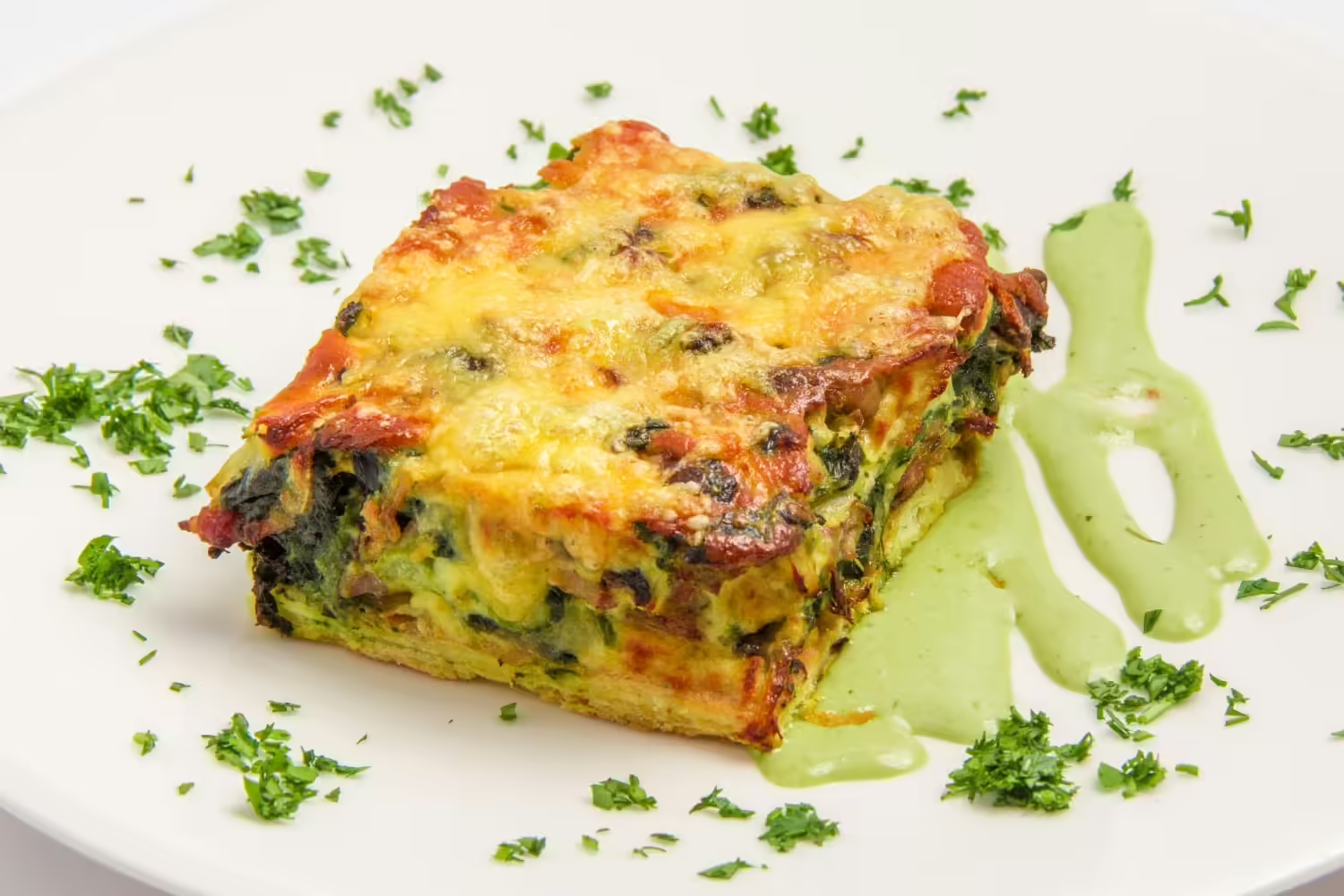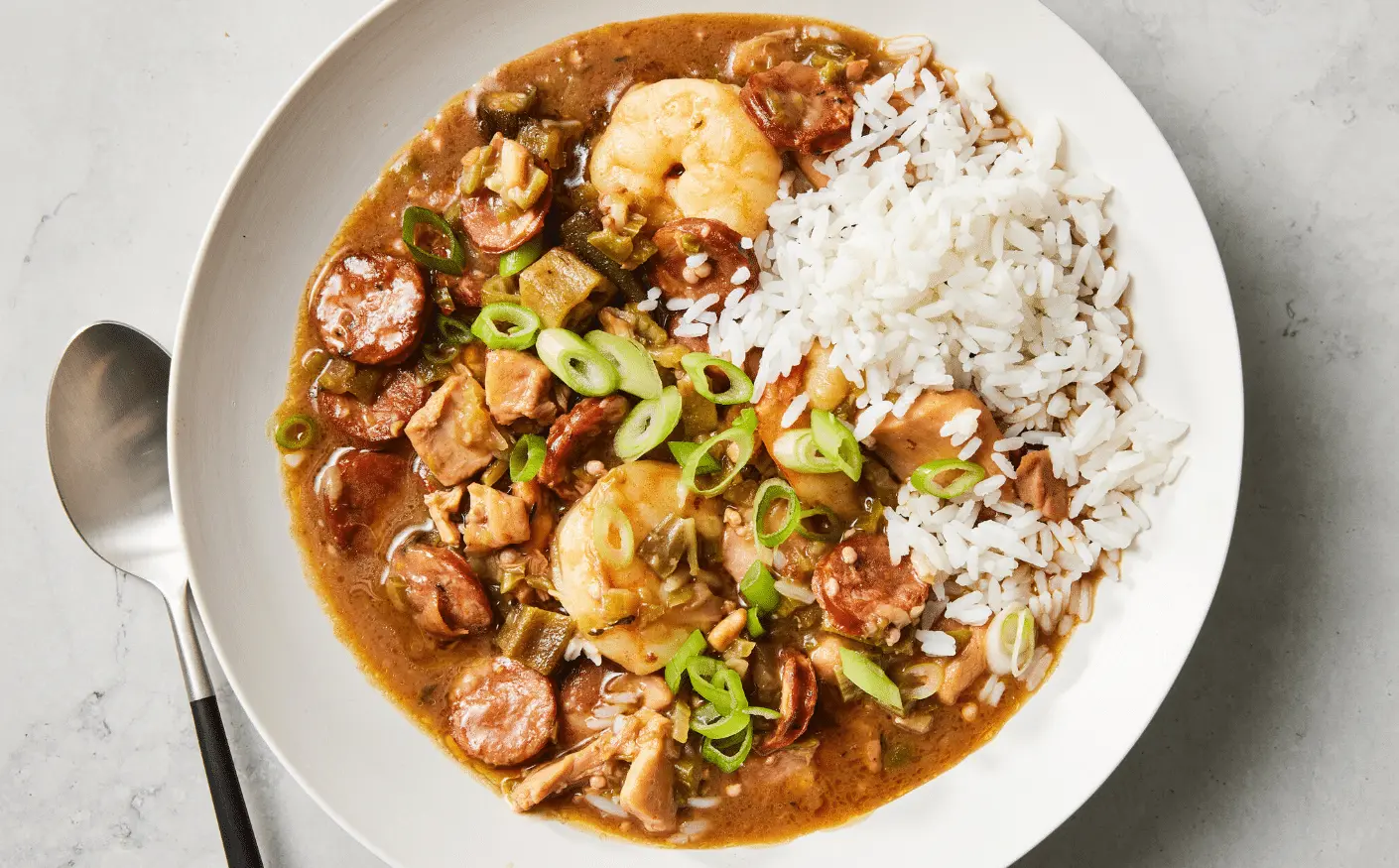
Welcome, fellow foodies and plant-based aficionados, to a culinary journey like no other! Today, we embark on a quest to uncover the secrets of crafting the most divine, the most exquisite, the ultimate vegan lasagna recipe! Whether you’re a seasoned vegan chef or a curious omnivore looking to explore the world of plant-based cuisine, you’re in for a treat. Get ready to tantalize your taste buds, elevate your cooking game, and indulge in a symphony of flavors that will leave you craving more!
So, what makes this the ultimate vegan lasagna recipe, you ask? Well, it’s not just about substituting traditional ingredients with plant-based alternatives. It’s about celebrating the vibrant diversity of vegetables, herbs, and spices while harnessing the power of culinary creativity to create a masterpiece that rivals its non-vegan counterpart. Are you ready to dive in? Let’s get cooking!
Table of contents
Unveiling the Ingredients
Before we dive into the cooking process, let’s take a moment to gather our culinary arsenal. Here’s what you’ll need to create the ultimate vegan lasagna:
For the Tofu Ricotta:
- 1 block of firm tofu, drained and pressed
- 2 tablespoons of nutritional yeast
- 1 tablespoon of lemon juice
- 2 cloves of garlic, minced
- Salt and pepper to taste
For the Tomato Sauce:
- 2 tablespoons of olive oil
- 1 onion, finely chopped
- 3 cloves of garlic, minced
- 1 can of crushed tomatoes
- 1 teaspoon of dried oregano
- 1 teaspoon of dried basil
- Salt and pepper to taste
For the Assembly:
- 1 box of lasagna noodles, cooked according to package instructions
- 2 cups of spinach, chopped
- 1 cup of mushrooms, sliced
- 1 cup of zucchini, thinly sliced
- 1 cup of vegan mozzarella cheese, shredded
Now that we have our ingredients assembled, it’s time to roll up our sleeves and dive into the heart of the culinary adventure!

Crafting the Culinary Masterpiece
Step 1: Preparing the Tofu Ricotta
- Crumble the drained tofu into a mixing bowl.
- Add nutritional yeast, lemon juice, minced garlic, salt, and pepper.
- Use a fork to mash and mix the ingredients until well combined and the mixture resembles the texture of ricotta cheese.
Step 2: Simmering the Tomato Sauce
- Heat olive oil in a saucepan over medium heat.
- Add chopped onion and minced garlic, sautéing until golden and fragrant.
- Pour in crushed tomatoes, dried oregano, dried basil, salt, and pepper.
- Allow the sauce to simmer for 15-20 minutes, stirring occasionally, until it thickens.
Step 3: Assembling the Lasagna
- Preheat your oven to 375°F (190°C).
- Spread a thin layer of tomato sauce on the bottom of a baking dish.
- Arrange a layer of cooked lasagna noodles on top of the sauce.
- Spread a generous layer of tofu ricotta over the noodles, followed by a sprinkle of chopped spinach, sliced mushrooms, and zucchini.
- Repeat the layering process until all ingredients are used, finishing with a layer of tomato sauce on top.
- Sprinkle shredded vegan mozzarella cheese over the final layer of sauce.
Step 4: Baking to Perfection
- Cover the baking dish with aluminum foil and bake in the preheated oven for 30 minutes.
- Remove the foil and bake for an additional 15 minutes, or until the cheese is melted and bubbly.
- Once baked, remove the lasagna from the oven and let it cool for a few minutes before slicing and serving.
Tips for Success
- Use a flavorful marinara sauce or make your own from scratch for the best results.
- If the ricotta is too thick, add water to achieve the desired consistency.
- Precook hearty or watery vegetables before adding them to the lasagna.
- Allow the lasagna to cool for at least 15 minutes before slicing to prevent it from falling apart.
Vegan Lasagna Variations
- Meaty Lasagna: Substitute lentils with vegan ground beef for a heartier texture.
- Veggie Lasagna: Add roasted veggies like zucchini, squash, and red onion for extra flavor.
- Nut-Free Lasagna: Use store-bought vegan cheese and tofu ricotta without cashews.

And there you have it, dear readers—the ultimate vegan lasagna recipe that’s sure to impress even the most discerning palates! With its layers of savory tofu ricotta, rich tomato sauce, and vibrant vegetables, this plant-powered delight is a testament to the endless possibilities of vegan cuisine. So gather your ingredients, fire up your oven, and get ready to experience a taste sensation like no other. Whether you’re cooking for yourself, your family, or a gathering of friends, this lasagna is guaranteed to steal the show. Happy cooking, and may your culinary adventures be filled with joy, flavor, and plant-powered bliss!
FAQs
What do Italians use instead of ricotta?
In traditional Italian cuisine, ricotta is a staple ingredient in lasagna. However, for lactose-intolerant individuals or those seeking alternatives, Italians may use a combination of grated Parmesan cheese, mozzarella cheese, or a blend of cheeses in place of ricotta. Additionally, some Italians may opt for a creamy bechamel sauce instead of ricotta in their lasagna recipes.
What to replace ricotta with in lasagna?
In vegan lasagna, ricotta can be replaced with various alternatives such as:
1. Tofu ricotta: Made from crumbled tofu blended with lemon juice, nutritional yeast, garlic, and herbs.
2. Cashew ricotta: Cashews soaked and blended with lemon juice, nutritional yeast, garlic, and seasonings.
3. Vegan cream cheese: Softened vegan cream cheese mixed with lemon juice and herbs.
4. White bean puree: Pureed white beans seasoned with garlic, lemon juice, and herbs.
Are lasagne sheets vegan?
Traditional lasagne sheets are typically made from durum wheat semolina and water, which are vegan-friendly ingredients. However, some specialty or fresh lasagne sheets may contain eggs, so it’s essential to check the ingredients label for any animal-derived products.
What is the difference between lasagna and lasagne?
There is no difference between “lasagna” and “lasagne.” “Lasagna” is the singular form, while “lasagne” is the plural form. In Italian cuisine, “lasagna” refers to both the dish and the pasta sheets used in the dish.
What is vegan lasagna made of?
Vegan lasagna typically substitutes traditional ingredients like meat, cheese, and dairy-based sauces with plant-based alternatives. Common ingredients include:
1. Lasagna noodles: Usually made from durum wheat semolina or alternative gluten-free flours.
2. Vegetables: Such as spinach, zucchini, mushrooms, bell peppers, onions, and eggplant.
3. Plant-based protein: Options include tofu, tempeh, lentils, chickpeas, or meat substitutes like textured vegetable protein (TVP).
4. Non-dairy cheese: Vegan cheese made from ingredients like nuts, soy, or tapioca starch.
5. Vegan ricotta: Often made from tofu or cashews blended with lemon juice, nutritional yeast, garlic, and herbs.
6. Tomato sauce: Made from fresh or canned tomatoes, garlic, onion, herbs, and spices.





